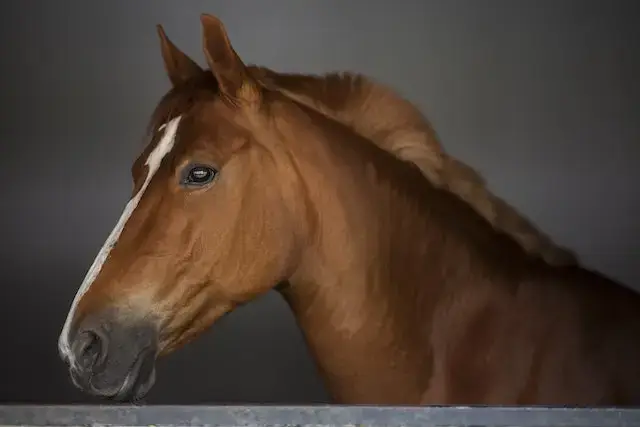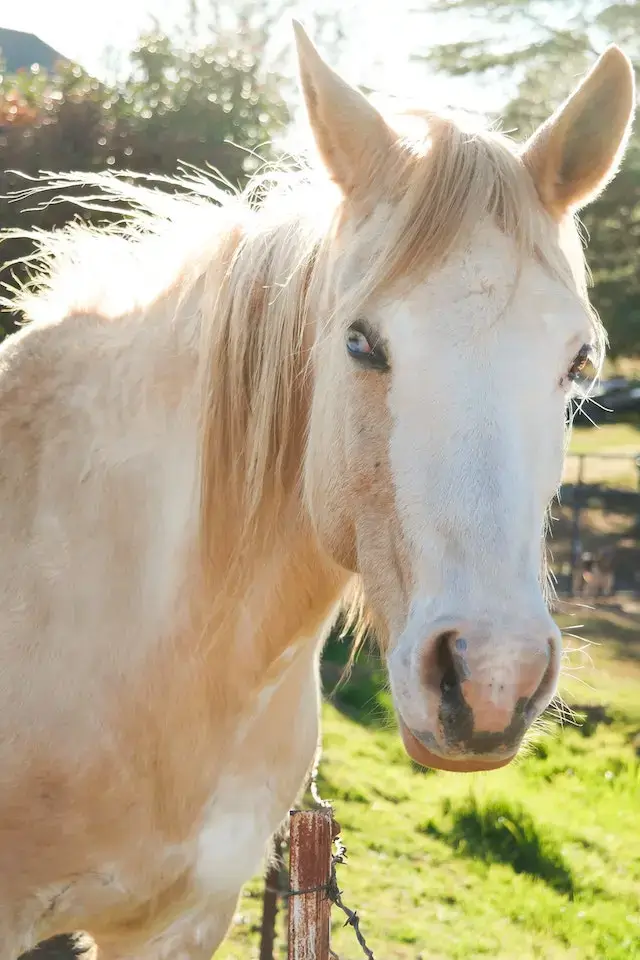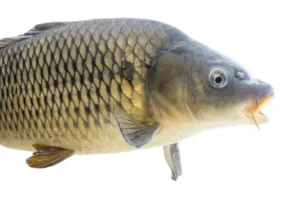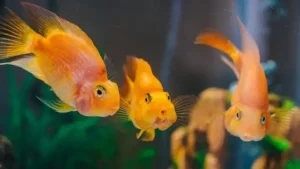You may have a new horse; this one is a mare, encouraging you to prepare for many things you have not seen before. Of these, one of your most significant concerns is her cycle.
Do horses have periods? For if they do, you need to know what you on your part need to do. And for that, you first need to know the things that your horse at this time is going through.
Here’s answering some of your questions in this short article which we hope will prepare you to welcome your dear mare.
Do Horses Have Periods?

Yes, and this is often called the mare’s estrous cycle. And this is different from a woman’s menstrual cycle. For one, they do not occur throughout the year (more on this later)
Here, the mare mainly goes through a period of heat, which is when ovulation happens. However, you do not see a period, as it would occur in a woman.
This is because a horse’s endometrium doesn’t thicken like a woman’s. The only reduction is in the occurrence of fertilization.
Most mammals are like this, and this is how they differ from humans in the periodic cycles.
What Is A Horse’s Estrous Cycle?
This entire cycle is controlled by the mare’s hormones, where a good balance of the hormones will bring about a regular occurrence of this cycle.
See, horses have a cycle that comprises two phases. There is the estrous phase, characterized by a horse going in the heat, and then the diestrus phase, when it is out of the heat.
The horse’s estrous cycle length can vary and is mainly controlled by light and other factors like the climate and temperature that a horse is exposed to.
Then there is also the kind of nutrition the horse receives that could come in the way of a horse’s estrous cycle length.
Must Read: How many horses died in WW2?
How Is A Horse’s Cycle Different Than A Human’s?
A mare’s menstrual cycle differs from that of a human being because it is more seasonal. Unlike a woman, a mare does not menstruate throughout the year and enjoys a suitable winter break.
Then, a mare’s cycle takes the form of two phases. There is the estrus cycle, when the mare is known to be in heat, generally lasting four to ten days. Mares also have a diestrus cycle when it is known to be out of heat, and this period can last for about 12 to 18 days.
And finally, there is the fact that mares, unlike women, do not bleed. On the other hand, women have a uterine lining forming each time she gets her period to develop a placenta for the expected embryo. And when this doesn’t come, the placenta breaks down and bleeds.
Signs Of Estrus In Horses
As a mare owner, it is essential to know and recognize when your little girl is in heat to be able to handle and manage her properly. The following are some behavioral signs she will show you when in heat.
1. Behavioral Signs
Most of the estrus signs in a mare are behavioral. There are things she is going to do that (as a first-time mare owner) will confuse you. These are some characteristics of a mare in heat behavior.
- Winking of the vulva: This is mainly an act where the mare squat and raise her tail to expose her reproductive organs, which are the lips of her vulva. Cute.
- Frequent urination: When she urinates at this time, she will use more pressure. Along with that, the mare will also release a lot of mucus from around her vulva.
- Receptiveness to mating: The mare will welcome the stallion’s advances most readily in this season. In other words, this is when she is the most open to breeding.
- Increased vocalizations: If you own a mare, be prepared to listen to a lot of whining at this time, and don’t forget to be patient with your mare. She will stamp and nip, too, when in heat.
- Restlessness: She will show you signs of nervousness, which means she will get irritable and lack focus, especially when you take her for a walk or a ride.
- Decreased appetite: The explanation for this is simple. A mare eats less when she is hot. She will refuse most of the food you offer to her. Don’t force her.
2. Physical Signs
While there are some things that a mare will show you when in heat, there are some other things that you can see. Read on to learn what these physical signs are.
- Enlargement and softening of the vulva: When a mare exposes her vulva at this time (as we saw above), you will notice that its lips are swollen, moist, and relaxed, all of which are signs that she is in heat.
- Transparent mucus discharge: This discharge is clear and thick and can make a mare appear dirty. First-time owners may take some time to get used to this.
- Follicle growth: This is also known as uterine edema and occurs about 36 hours before ovulation in a mare. Here, the mare’s follicle can enlarge by about three to five millimeters.
- Increased vascularity: This is nothing but the passage of fluid through the mare’s uterus, which will increase when it is in heat.
- Whole, tense uterus if examined rectally: The mare may at first display some signs of torsion and pain so that, on examination, you will be confirmed of this.
- Relaxation of the pelvic ligaments: This is characterized by more slacked muscles in the mare’s croup and tail, which can further soften a mare’s pelvis.
Do Mares Bleed When In Heat?

Mares generally do not bleed when they are in heat; when they do, this is not from their vulva.
What you see coming out is urine, as a mare at this time will urinate more frequently. At this time, they are going to spurt their urine on a regular basis, and this will be accompanied by other external signs like raising her tail and squating.
All this gives a first-time owner the impression that the mare is bleeding. However, she does go through the kind of restlessness and agitation that a woman normally goes through when on her period.
Do Horses Get Period Cramps?
Yes, some of them experience pain, and some, at this time, can even go through colic. This, an owner can help lessen with some chamomile, lemon balm, or hops, all of which are known to be very helpful to a horse in heat.
One way to help them out of this is to regularly feed them with dried raspberry leaves, as this can, in time, reduce the estrous symptom in a mare.
How Often Do Mares Come In Heat?
A mare goes into heat once every three weeks, which makes it approximately once per month. Yet, know that this doesn’t occur throughout the year but only from April to September because after that is winter, and mares don’t go in heat during the winter.
This is mainly because of the absence of the required amount of natural light in this season. The pineal gland in the brain sends this message to the entire body during this season by regulating the secretion of melatonin, which is further responsible for sexual hormones.
So, the mare can focus on keeping warm at this time without the problems of going in the heat. If only we humans could enjoy a break like this, don’t you wish?
How Long Does A Mare Stay In Heat?
Well, this mainly depends on the mare, but heat, in general, stays on for a period of four to seven days. The estrous cycle can go on for about a month, but the period when the mare is most receptive to a stallion is the period of heat.
However, there are cases where some mare owners stop their horses from going into heat. This they do by administering a certain kind of progesterone. This is mainly done in horses that need to be used in races, as it would not be a good idea to race with a horse that is in heat.
How To Tell If A Horse Is Pregnant?
To get pregnant, a mare first needs to be in heat and then mate with a fertile stallion. Once done, look for the following signs to see if she is pregnant.
- Look for behavioral changes: When a mare gets pregnant, she will get a bit more cranky and, at times, even restless.
- Check for physical signs: They will broaden in the neck, chest, belly, and hind quarters. Her udder will also expand, meaning she is pregnant and not getting fat.
- Have a veterinarian perform an ultrasound: This is usually done with an ultrasound scanner and will give accurate results through images and videos.
- Monitor for lack of estrus cycles: Has it been three weeks, and your mare is not in heat? Then, chances are she is having a baby.
- Perform blood tests: Take a sample to the vet, who will get it tested and see if there are any pregnancy hormones in it.
- Attempt “palpation” of the uterus: You must gently insert your hand into the mare’s rectum. If she is pregnant, the uterus will curve, moving toward the ovaries.
- Notice fetal activity: So you will notice a movement in her abdomen. This is a sign that a foal inside is beginning to run out of room.
- Do a transrectal exam: So, now that you know the signs make sure that you are always on the lookout when you have a mare because remember that in all that she goes through at this time, she is dependent on you.
Recommended Reading: 10 Reasons Not To Buy An OTTB
How Many Days Are Horses Pregnant?
While compared to humans, we can say that horses stay pregnant for a long time, almost an entire year.
To be more specific, a mare’s pregnancy can last for about 320 to 380 days, which makes ten to twelve months.
However, there are cases where some mares can stay pregnant for 13 months, with a pregnancy that can go on to 400 days.
Frequently Asked Questions: Do Horses Have Periods?
And so, before you go, let us look at a few more questions on the mare that you would probably want to know.
Q1. Do mares go into heat in the winter?
Ans: A mare bleeds for about 19-22 days. These days are known as the season of heat. However, this only happens during the year but somewhere from spring to autumn. In winter, they go through the anestrus period, where the mare does not experience the season of heat.
Q2. Do horses produce milk?
Ans: Yes, mares can lactate and produce milk, which is known to come with all the nutrients that a young foal will need to grow. A mare’s milk contains proteins, vitamin C, and fatty acids.
Q3. When does a mare’s milk come in?
Ans: A mare’s milk mainly comes in somewhere during the last 30 days of her gestation period, about 30 days before giving birth. Here, you will see the colostrum, the first milk from the mare.
Q4. How many nipples does a horse have?
Ans: A mare has two nipples, one for each mammary gland. However, these nipples, compared with that of many other four-legged animals, are smaller in size.
Q5. Do horses breastfeed?
Ans: Horses feed their young ones by nursing them from their teats. The foal starts to suckle about two hours after being born, and he is going to do it every few hours throughout the first few months (just like humans)
Final Thoughts
Now that you know what a poor mare goes through don’t forget to be more compassionate when she is menstruating.
Mares, unlike humans, can’t keep track of their cycles, and this is something to do on the owner’s part so that you can be better prepared to help your poor mare with the things she will deal with.
Do horses have periods? If she is a girl horse, she does!



